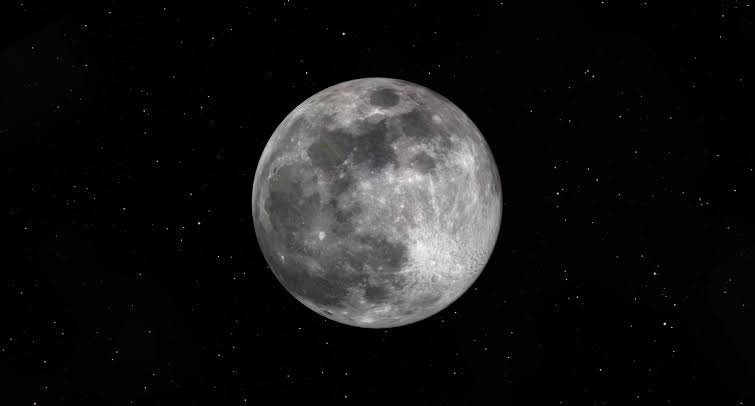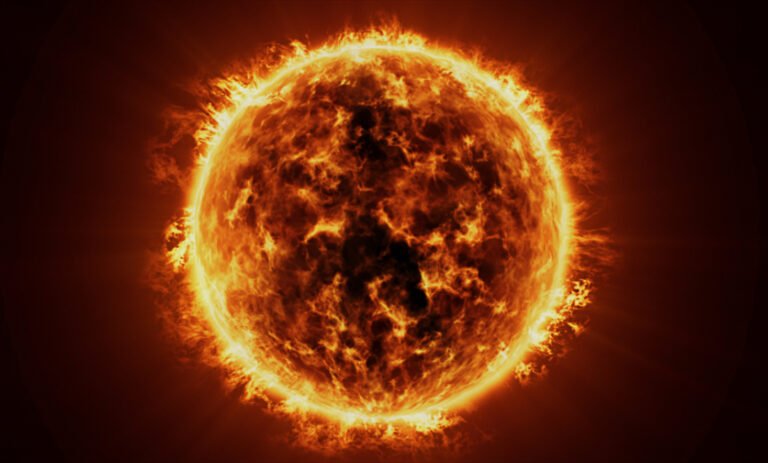
Venus, the second planet from the Sun, is often referred to as Earth’s “twin” due to its similar size and mass. However, its environment is markedly different from that of Earth.

Size and Structure
Venus has a diameter of approximately 12,104 kilometers (7,521 miles), making it slightly smaller than Earth. Its mass is about 4.87 × 10²⁴ kilograms, roughly 81.5% that of Earth
Encyclopaedia Britannica. The planet is composed of a central iron core, a rocky mantle, and a silicate crust
Atmosphere
The atmosphere of Venus is dense and primarily composed of carbon dioxide (over 96%), with traces of nitrogen and other gases
Encyclopaedia Britannica. This thick atmosphere traps heat, leading to a runaway greenhouse effect that makes Venus the hottest planet in our solar system. Surface temperatures can reach up to 471°C (880°F), which is hotter than Mercury, the planet closest to the Sun
Space Facts. Additionally, the atmospheric pressure on Venus is about 92 times that of Earth’s at sea level, making it capable of crushing small asteroids upon entry
Surface Features
Venus’s surface is characterized by volcanic landscapes, deformed mountains, and a lack of small craters due to its dense atmosphere
Space Facts. The planet has two large highland areas, Ishtar Terra and Aphrodite Terra, which are comparable in size to Earth’s continents. However, much of the surface remains unexplored due to the thick cloud cover that obscures it
Rotation and Orbit
Venus rotates once on its axis approximately every 243 Earth days, but it orbits the Sun in about 225 Earth days, making a Venusian day longer than its year
Space Facts. Interestingly, Venus rotates in the opposite direction to most other planets, a phenomenon known as retrograde rotation
Visibility
Venus is the third brightest object in the night sky after the Sun and Moon, often appearing as a “morning star” or “evening star” due to its proximity to the Sun in Earth’s sky
NASA Science. Its brightness and visibility have made it a significant object of interest in human culture and astronomy.
Exploration
Venus was the first planet to be visited by a spacecraft; in 1962, NASA’s Mariner 2 flew by the planet and discovered it was a hot world with no self-generated magnetic field
Planetary Society. Subsequent missions, primarily by the Soviet Union, have included atmospheric probes and landers, providing valuable data on the planet’s conditions
Planetary Society. However, the extreme surface conditions have limited the lifespan of these missions, with landers surviving only a few hours before being destroyed
Studying Venus provides valuable insights into planetary formation, the greenhouse effect, and the potential for life in extreme environments.






